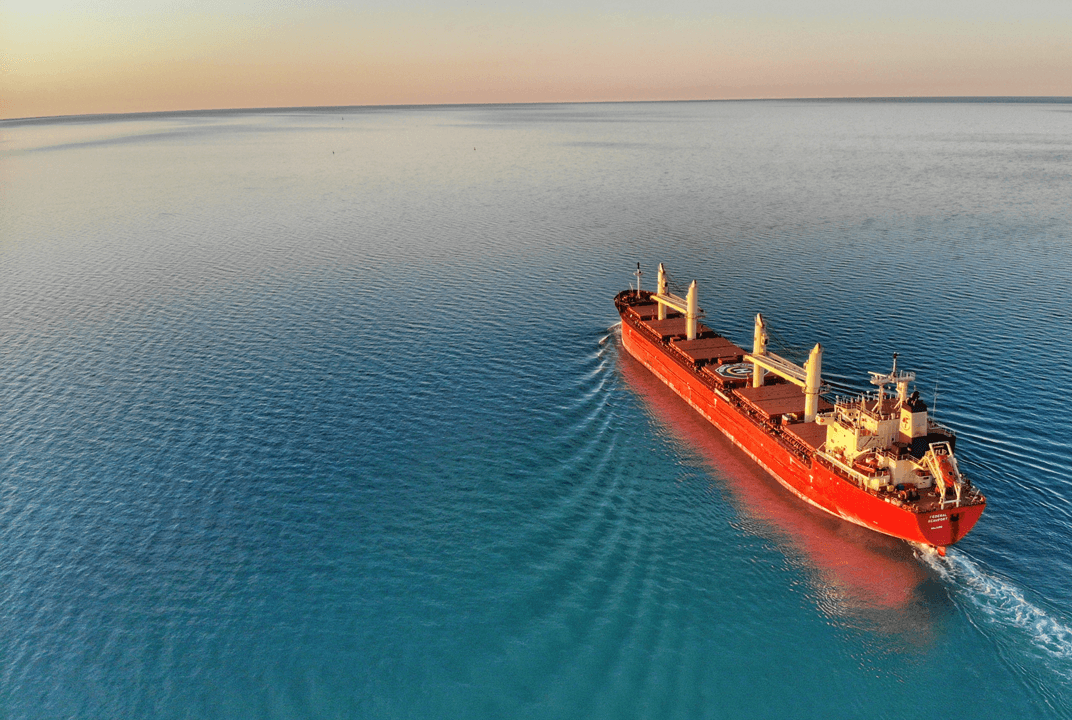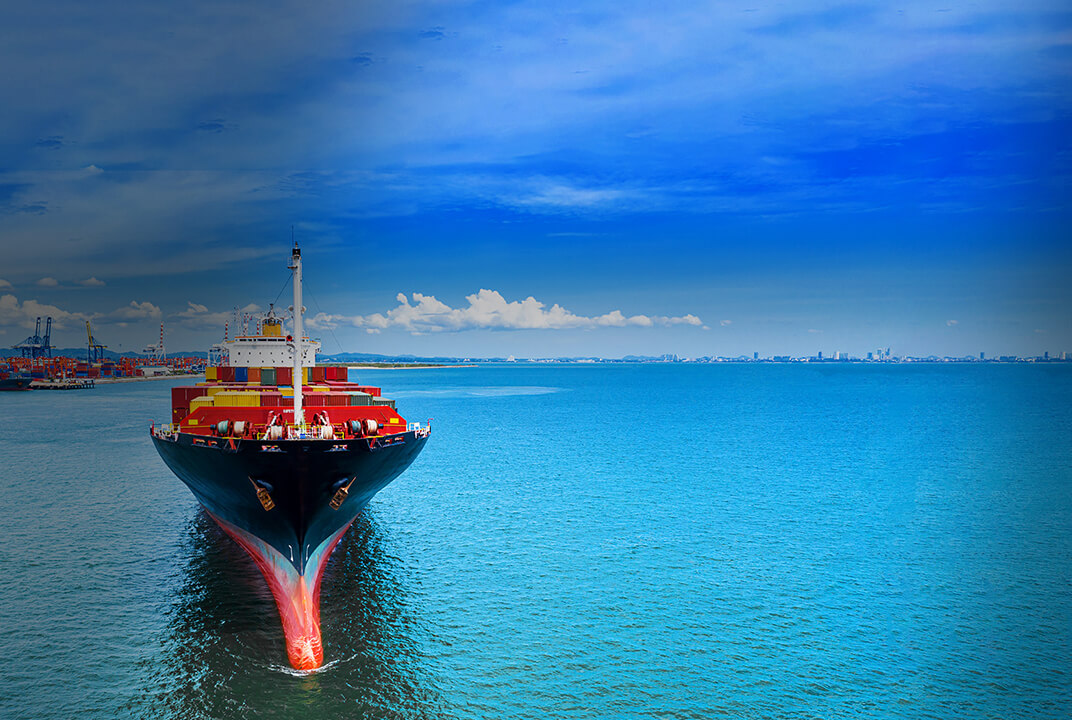Insight | Trade 2.0 – Japan 2020
Trade 2.0 - Japan: Maritime Startup and Innovation Ecosystem Report
null
Japan is the world’s third largest economy, third largest ship building country and second largest ship owning nation in the world. With a philosophy driven by innovation, Japan has revolutionised technological development across digital, mechanical and electrical engineering sectors. So there’s no surprise Japan’s maritime technology market is estimated to grow four times faster in the next 10 years than the maritime industry as a whole, cementing itself as a powerhouse in the maritime sector.
A new study, “Trade 2.0 – Japan 2020”, provides an in-depth analysis on Japan’s unique maritime advantage. Exploring the ecosystem of Japanese innovation and an emerging maritime start-up culture, including developments to IoT-based ship and crew management solutions. The report, sponsored by Inmarsat and written by the Thetius maritime innovation intelligence platform, is the first of a series of in-depth profiles into maritime technology and start-ups in specific countries. It builds on ‘Trade 2.0: How start-ups are driving the next generation of maritime trade’, a global study launched by Inmarsat in 2019.
Key findings
Japan’s unique maritime advantage
Japan has a long maritime history dating back to the 12th century, but it was only after threat of invasion in the mid-19th century that Japan propelled the development of its fleets. Fast forward to today, Japan has become the centre of excellent for maritime innovation. But how has this Island nation realised such success on a global level? We examine the factors influencing Japan’s meteoric rise to success; from a society of lateral thinkers to the relationship between ship owners and tech suppliers.
Maritime innovation ecosystem in Japan
The concept of collaboration has been a long-standing characteristic of the Japanese maritime sector, from the creation of informal corporate groupings to competitors joining forces to help move new ideas from concept to implementation. We take a closer look at the development of the maritime innovation ecosystem and its role in the development of everything from autonomous shipping and LNG as a fuel, to computer-vision aided cargo handling and air lubricated vessels.
Maritime start-up and innovation
Although Japan is not traditionally considered a start-up nation, the roots of development and investment are growing. The partnership dynamic that has fuelled many decades of cross-company collaboration is slowly extending into the start-up world. We examine how the maritime sector in Japan is recognising the value of start-up driven innovation, from fostering home-grown innovation to investing in overseas talent. We take a deep dive into how large corporations are paying attention and employing start-up methodology to their workflows.
Innovation outlook
By many metrics, Japan is a leader in the development of maritime technology. Japan’s reputation as a hardware and electronics hub puts the country in a strong position to capitalise on the rising demand for connected onboard sensors.
Even its scale is helping support the testing and implementation of new solutions. But the country’s position is threatened by the ongoing growth of China and the rise of start-up driven innovation around the world. We examine potential areas of development to support growth for the future, including realising the potential of shared data, the pursuit of manned autonomous vessels and decarbonisation. Can the Japanese still compete with an influx of international start-ups?
Download the report
- Size
- 8 MB


